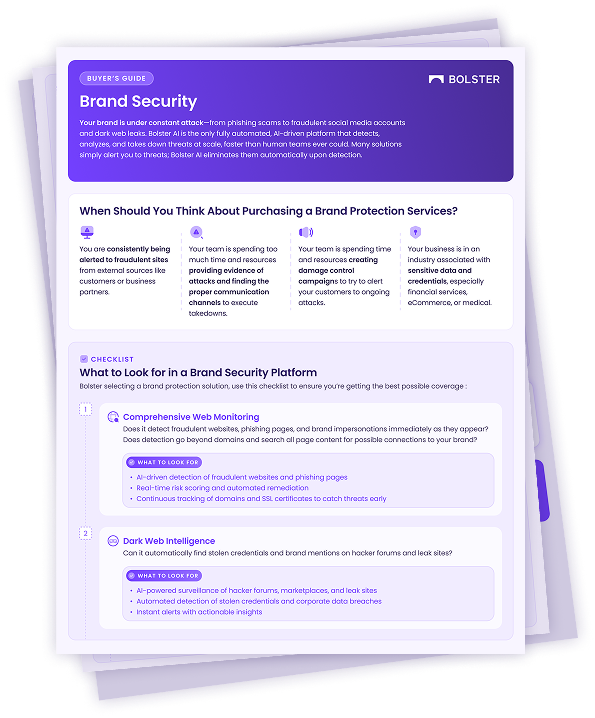Brute-force attacks rely on speed and repetition. An attacker targets a single user account and rapidly attempts hundreds or thousands of password guesses, often triggering lockout protections almost immediately.
Password spraying takes a different approach. Rather than pounding one account with many guesses, it spreads one or two common passwords (like Spring2024! or Welcome1) across many user accounts. Because each account sees only one or two failed logins, traditional lockout mechanisms never activate, and the attack often flies under the radar.
| Aspect | Password Spraying | Brute Force Attack |
|---|---|---|
| Targeting Method | Many user accounts, few password attempts per account | One user account, many password attempts |
| Speed | Low and distributed | Fast and high-volume |
| Detection Evasion | Bypasses lockout by staying below thresholds | Often triggers lockouts quickly |
| Password Use | Common passwords reused across accounts | Random or dictionary-based guesses per account |
| Lockout Triggered? | Rarely | Frequently |
| Success Depends On | One weak or reused password in the environment | Guessing the exact password for a single user |
| Used By | Sophisticated attackers, APT groups | Often used in low-skill or legacy attacks |
| Detection Strategy | Behavior-based or IP-wide anomaly detection | Per-user failure thresholds |
| Defense Strategy | MFA, strong password policy, IP lockouts, anomaly detection | MFA, strong password policy, per-user lockouts |
This slow-and-steady tactic works alarmingly well against organizations with weak password policies and no MFA. Here’s why it’s become a favored method.
Why Password Spraying Works (When Brute Force Fails)
Most IT systems are configured to detect brute-force attacks by tracking login failures per user. This design allows password spraying to bypass detection altogether, because the system sees a low number of failures per account, even if there are thousands of failed attempts across the environment.
Unlike brute force, password spraying doesn’t need speed. It needs scale and just one weak credential to crack the door open.
This is a core tactic used by major threat actors.
The UNK_SneakyStrike campaign – targeting over 80,000 Microsoft Entra accounts – relied on password spraying. The attackers used a small set of common passwords and distributed login attempts across AWS regions to avoid detection.
How to Defend Against Password Spraying
Stopping password spraying comes down to eliminating the advantages attackers rely on: weak credentials and poor detection coverage. Here’s what makes a difference:
Strong Password Requirements: Enforce unique, complex passwords. Block any that appear in breach corpora or common-password lists.
Multi-Factor Authentication (MFA): MFA remains one of the most effective mitigations. Even if a password is compromised, it stops unauthorized access cold.
Better Login Monitoring: Look for patterns brute-force defenses miss; as in, a few failures across many accounts, often from the same IP or region.
Smarter Lockout Policies: Go beyond per-user lockouts. Use IP-based rate limiting or device fingerprinting to catch broader patterns.
Anomaly-Aware Identity Providers: Use platforms like Okta, Azure AD, or Duo that can detect behavioral anomalies—logins from unusual locations, impossible travel, or irregular timing.
Get Visibility Into Compromised Credentials
Organizations need to know which credentials are already compromised. The Bolster Insights Dashboard provides users with an easy-to-access view of credentials exposed on the dark web (no manual analysis required). Organizations gain visibility into specific exposed passwords, the Bolster-identified source of the breach, and receive actionable remediation guidance along with predicted risk levels. Learn more about dark web monitoring.
Reduce Your Exposure
Password spraying thrives on the assumption that at least one user in your environment is using a weak or reused password. For attackers, that’s all it takes. And because these attempts often blend into normal login traffic, they’re easy to miss—until it’s too late.
Stopping this type of attack doesn’t require advanced tools. It requires discipline: enforce strong passwords, require MFA, and monitor for patterns that most systems overlook. The earlier you catch it, the less damage you’ll have to contain.
How Bolster Helps
Bolster offers an extensive monitoring capability that helps detect password spraying and many other threats to your IT security, eliminating the need for trust & safety professionals to spend hours researching, analyzing, and documenting issues.
Bolster is disrupting the legacy manual efforts associated with protecting enterprise external attack surfaces by incorporating state-of-the-art technology to fully automate the detection, analysis, and rapid removal of fraudulent sites and content. To learn more, contact us for a demo.




